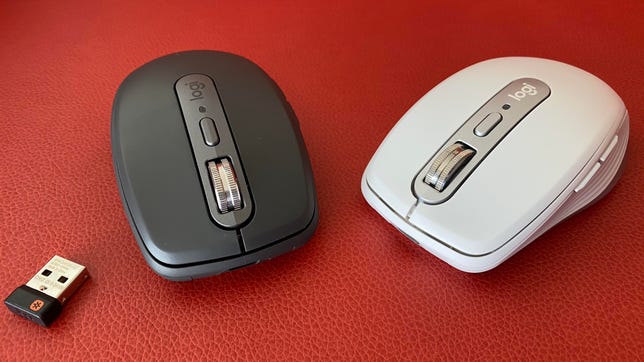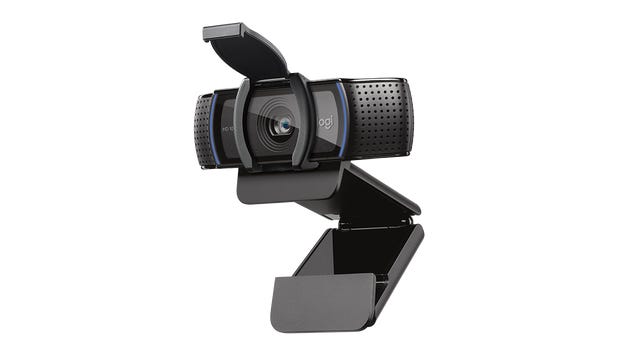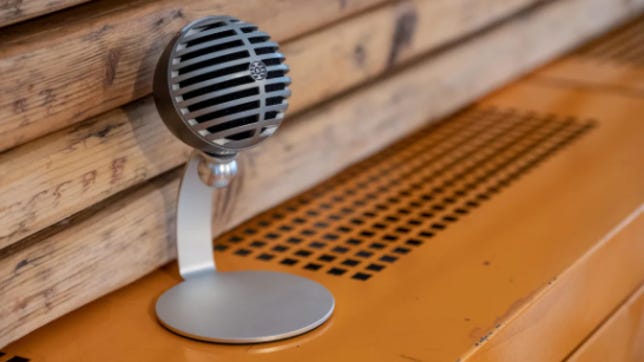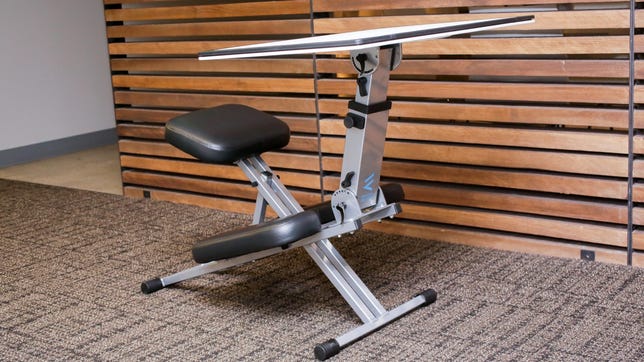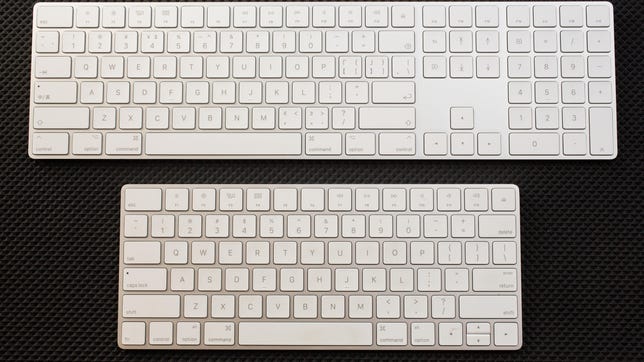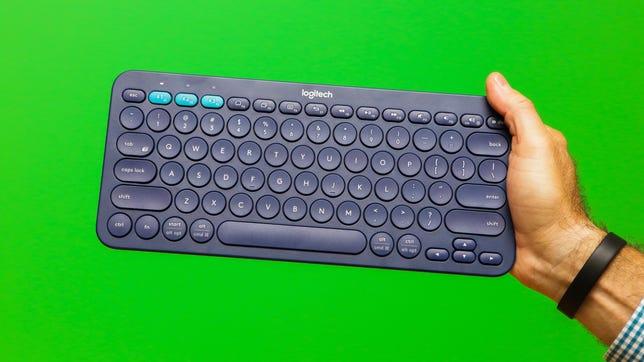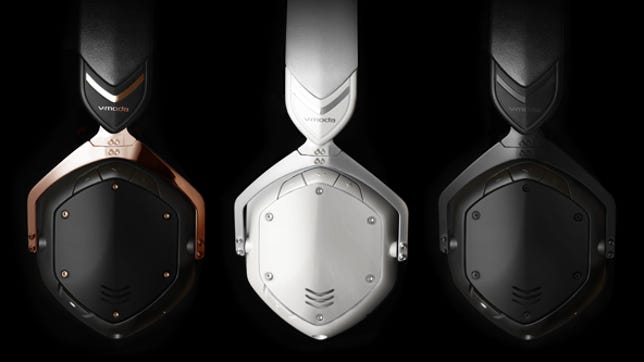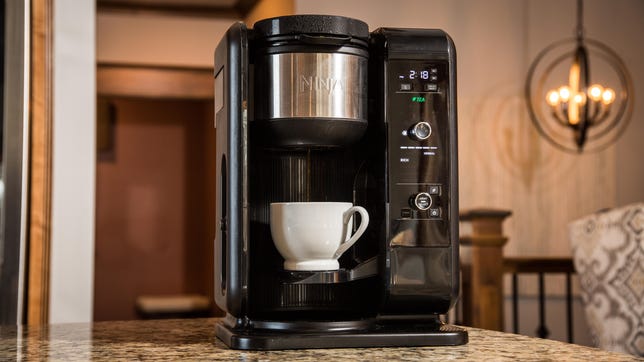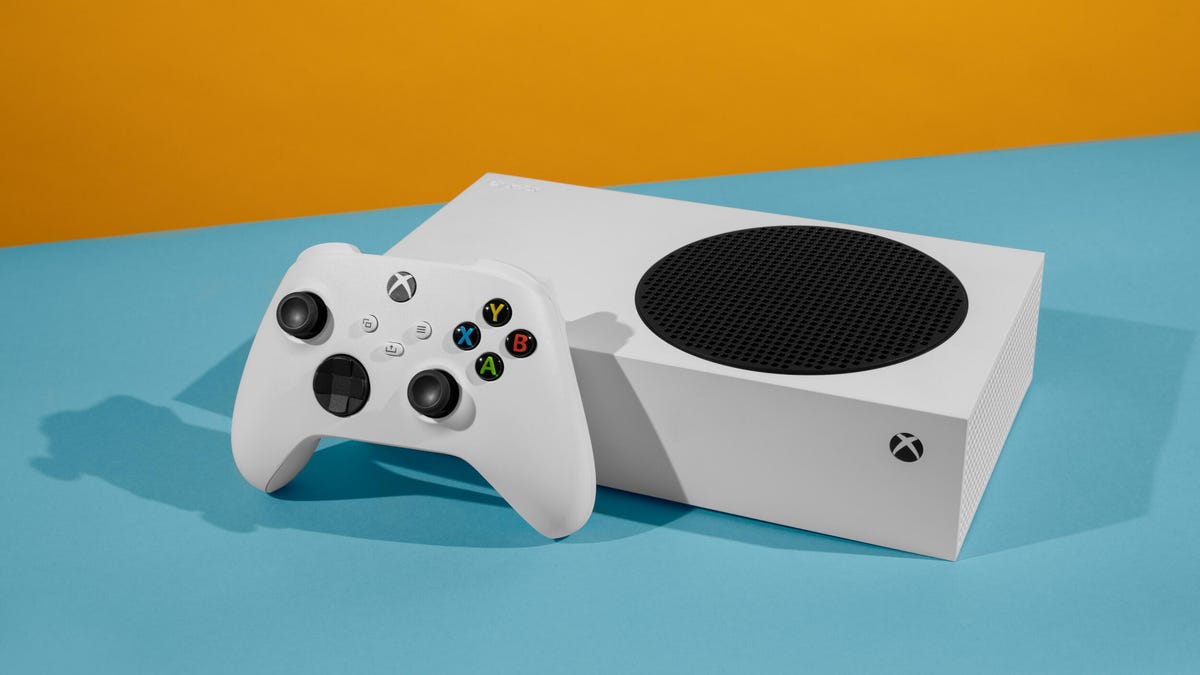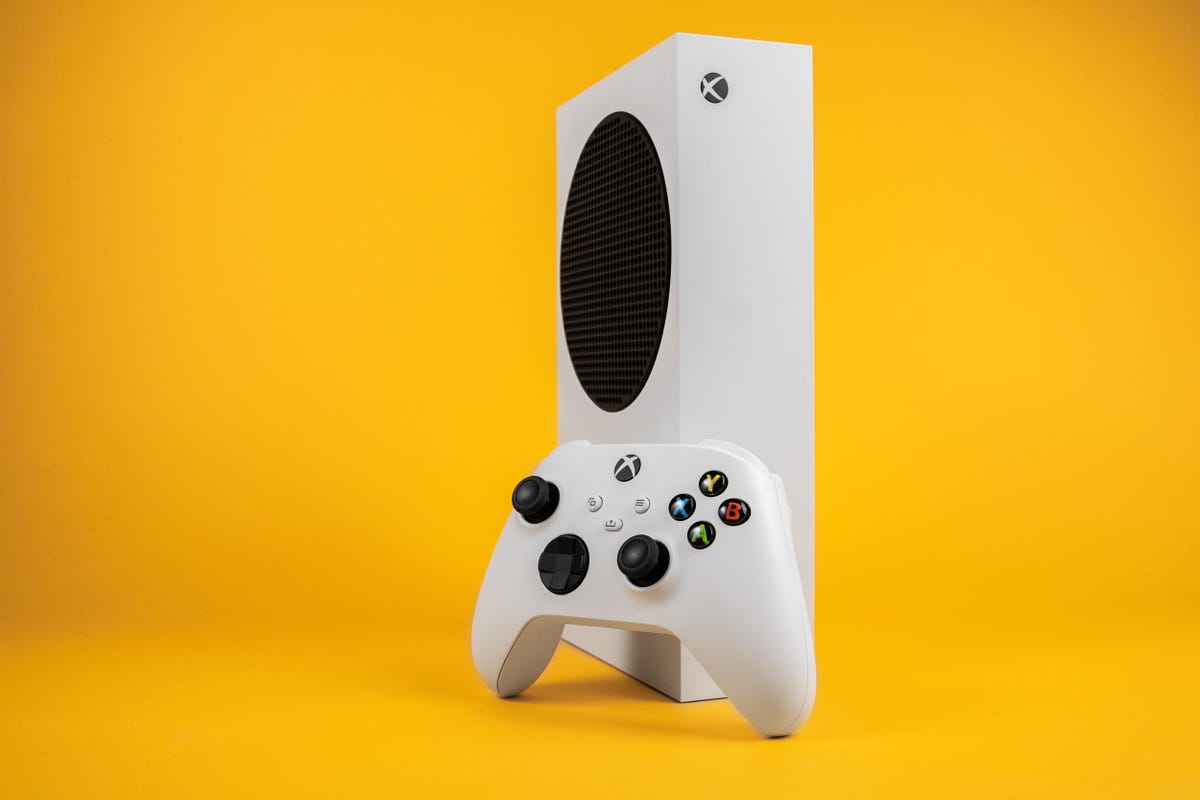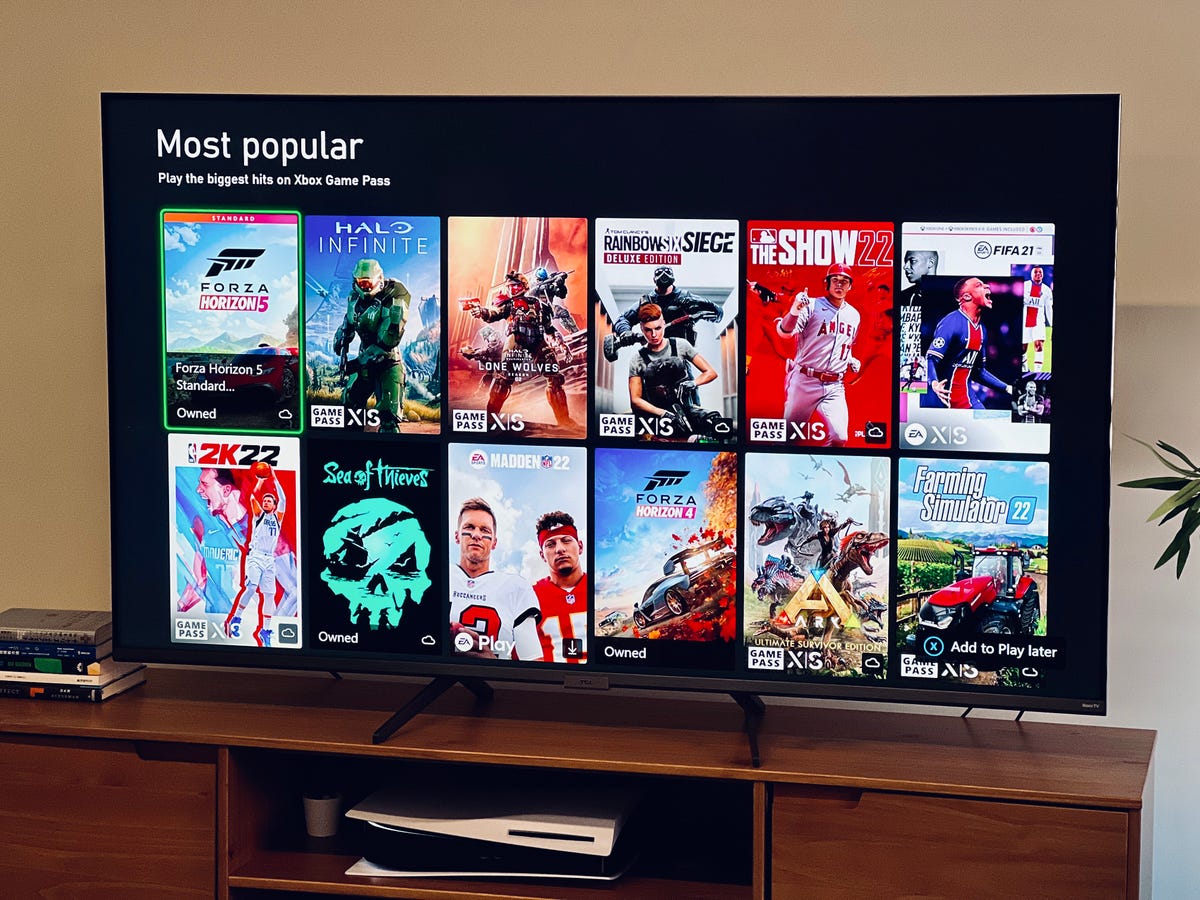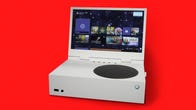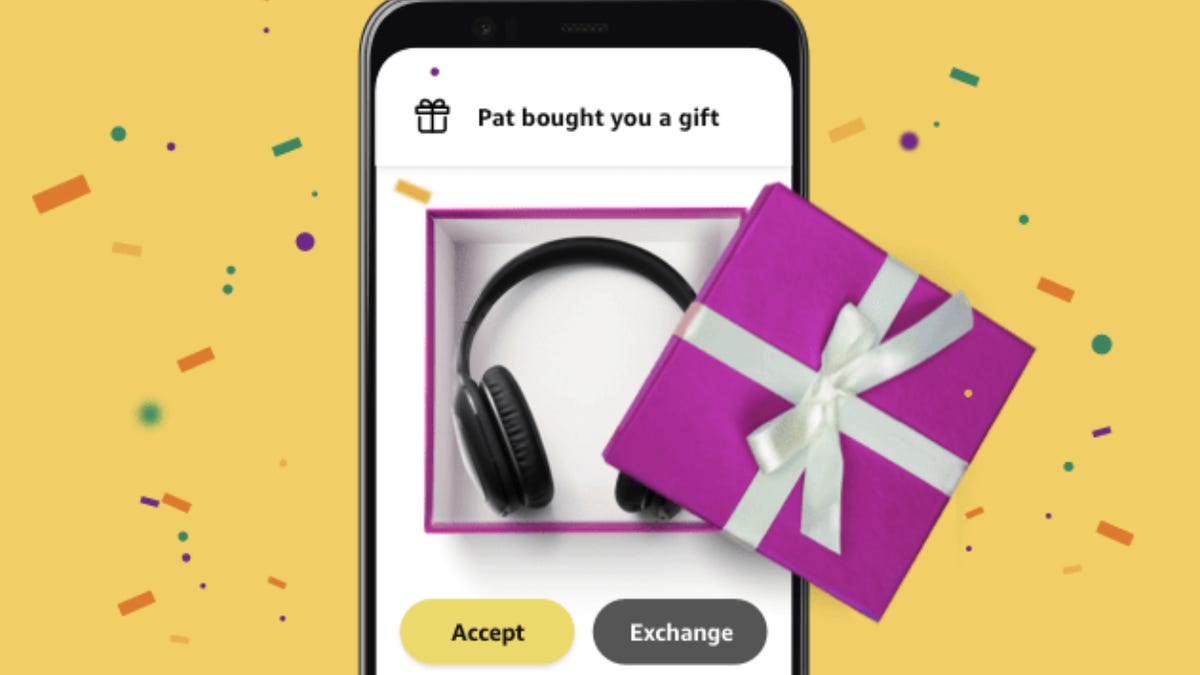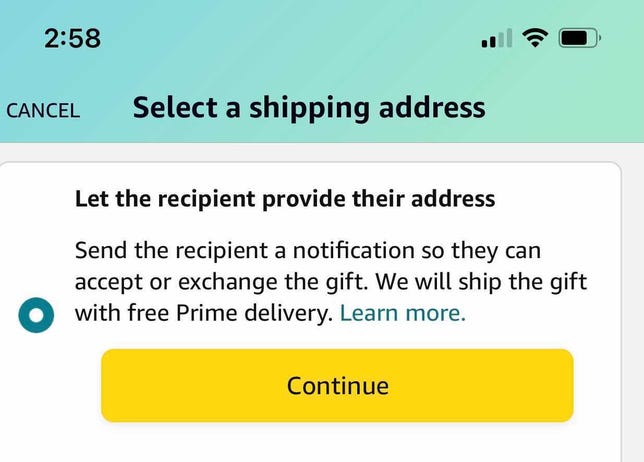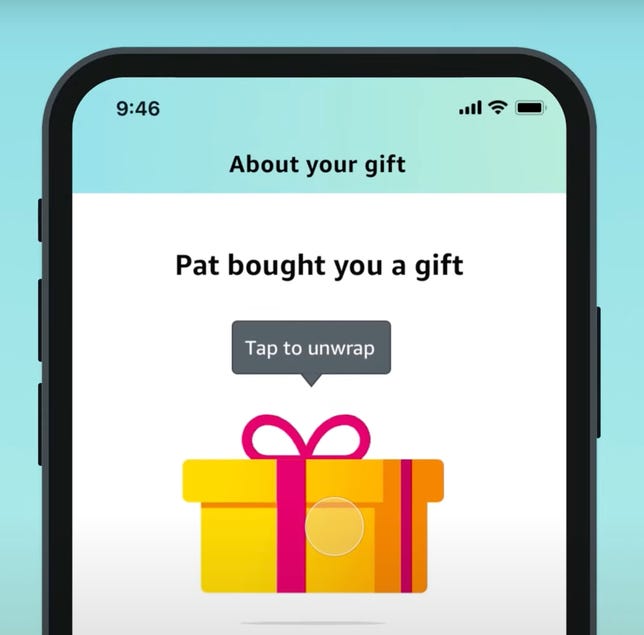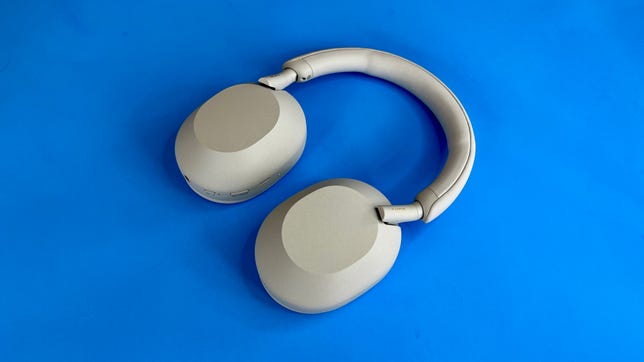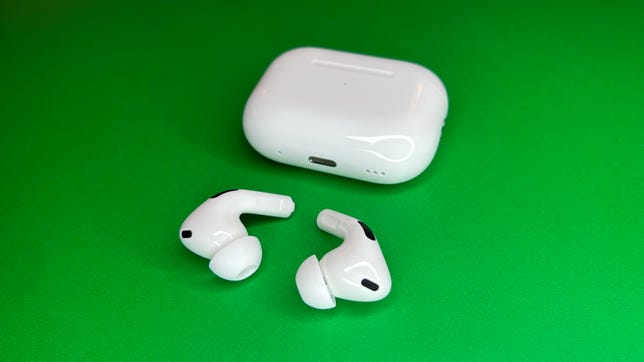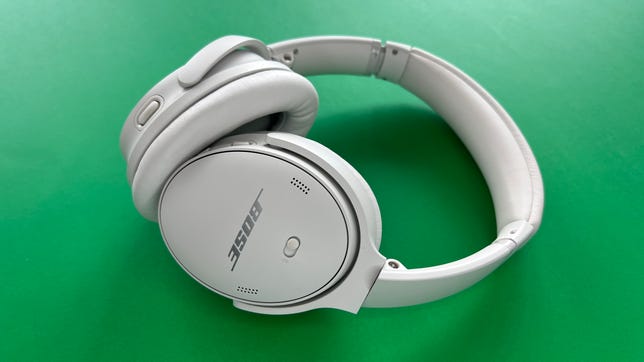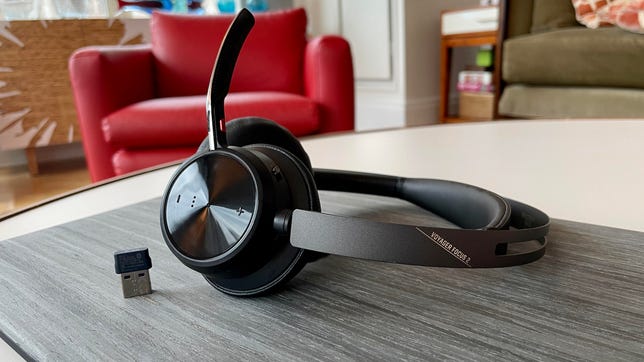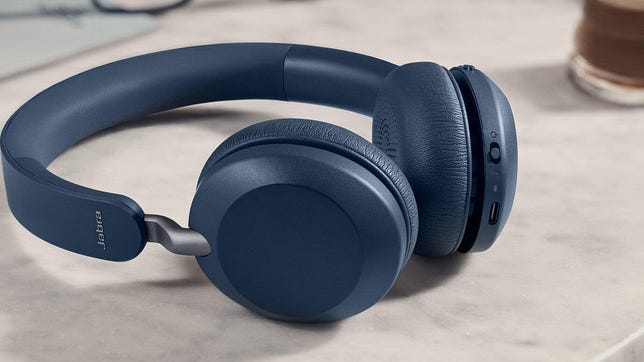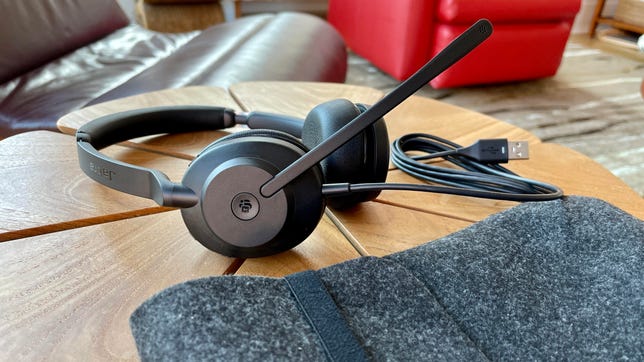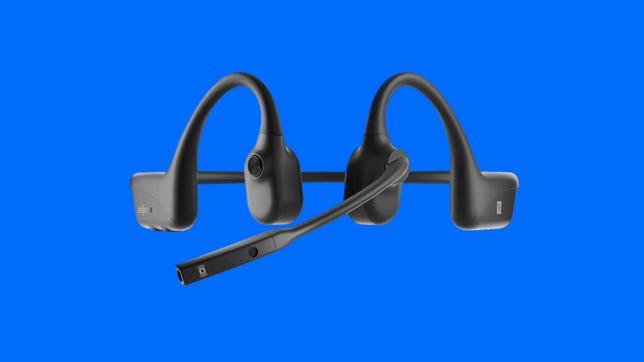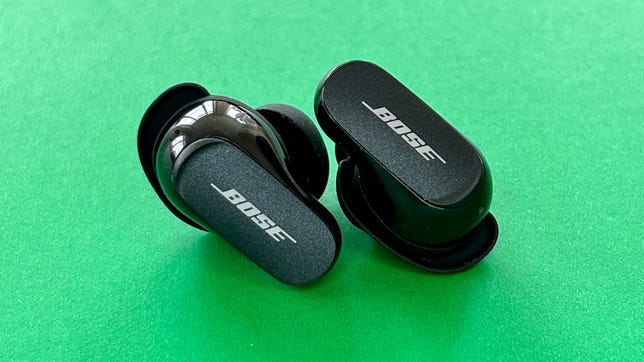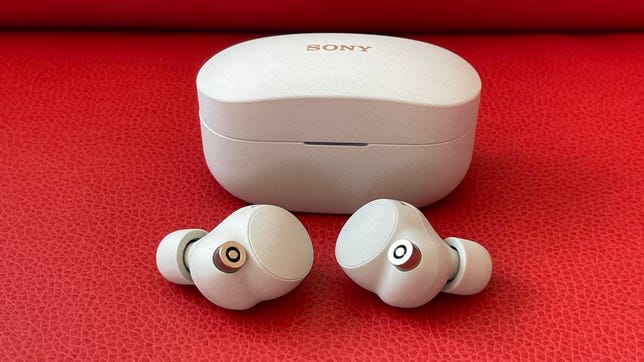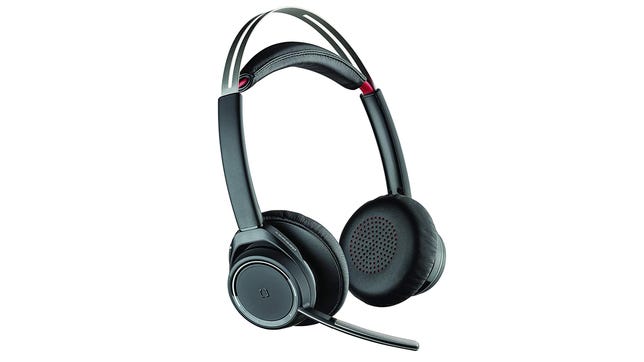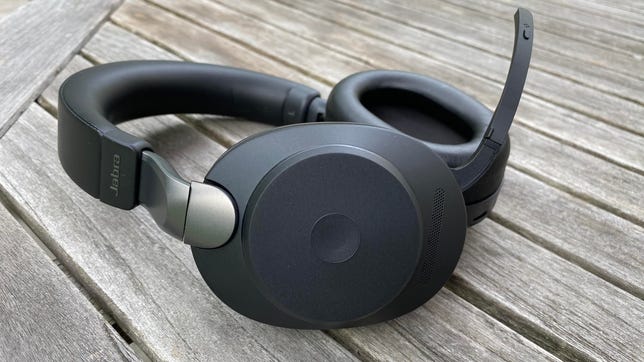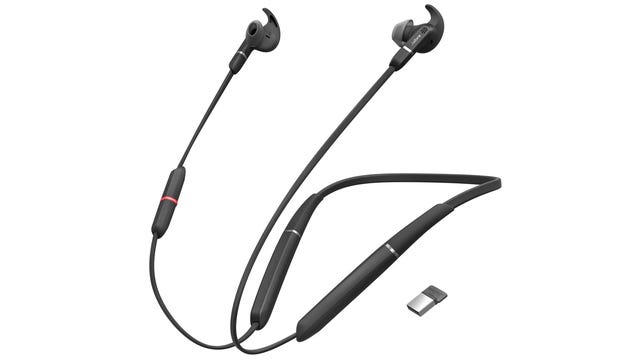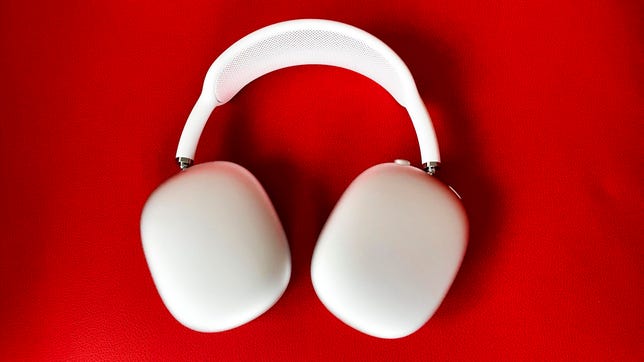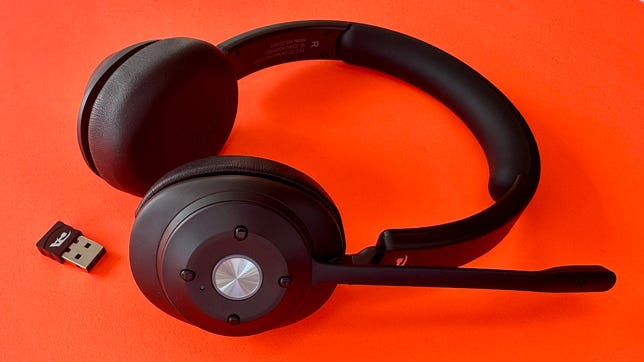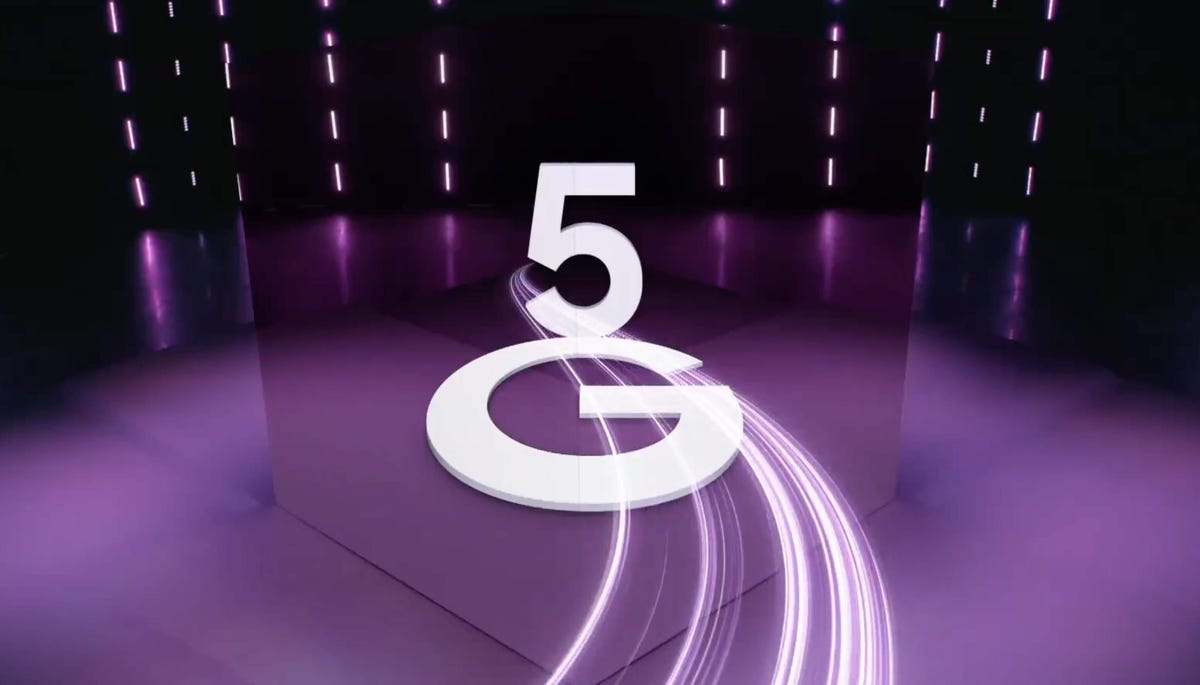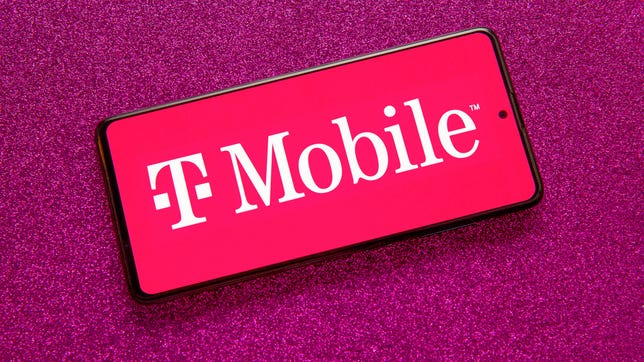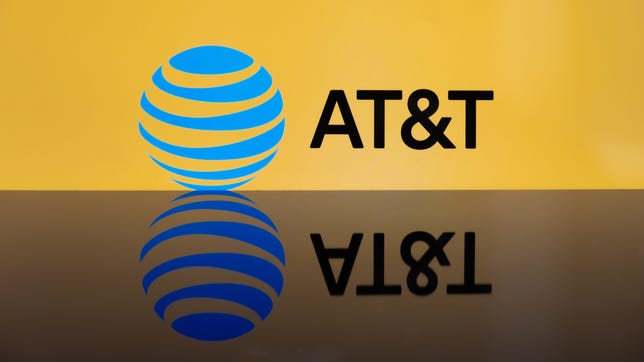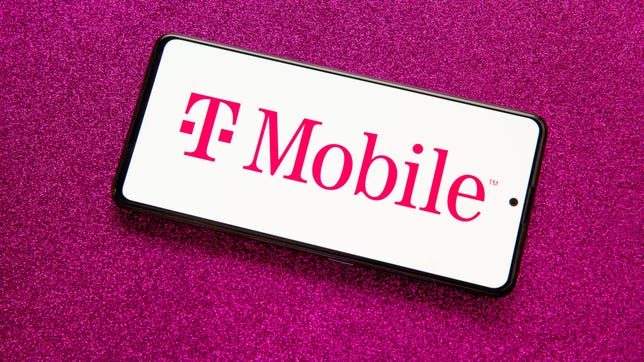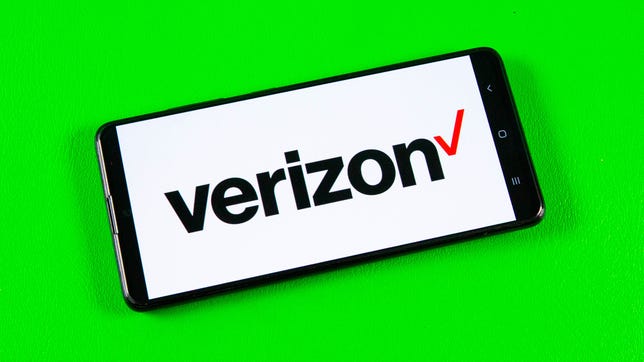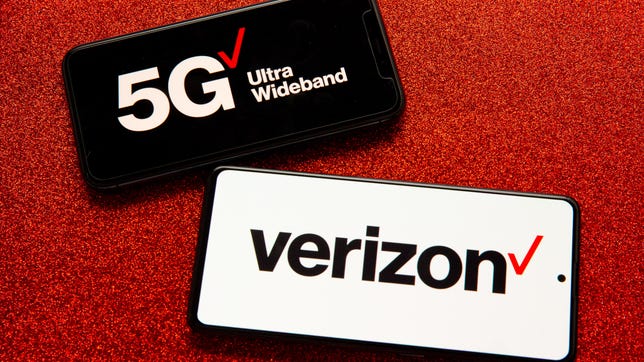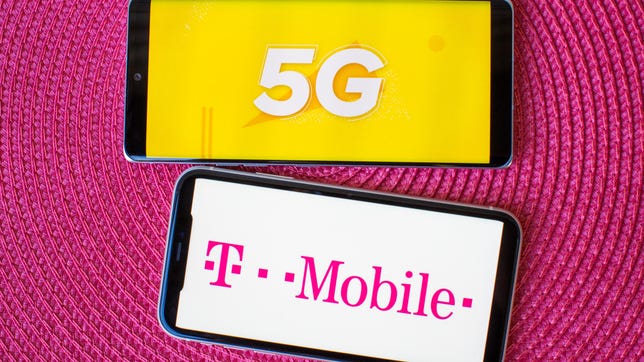The NBA’s annual all-day Christmas Day marathon has arrived. Five games, starting with the Sixers and Knicks at noon ET (9 a.m. PT) and running through Suns and Nuggets at 10:30 p.m. ET (7:30 p.m. PT). Whether you are looking to break away from the family or just relax and bond with some hoops, ABC and ESPN will have you covered. Here’s the full schedule for Christmas Day:
- Philadelphia 76ers at New York Knicks, 12 p.m. ET (9 a.m. PT) on ABC, ESPN and streaming on ESPN Plus
- Los Angeles Lakers at Dallas Mavericks, 2:30 p.m. ET (11:30 a.m. PT) on ABC and ESPN
- Milwaukee Bucks at Boston Celtics, 5 p.m. ET (2 p.m. PT) on ABC and ESPN
- Memphis Grizzlies at Golden State Warriors, 8 p.m. ET (5 p.m. PT) on ABC and ESPN
- Phoenix Suns at Denver Nuggets, 10:30 p.m. ET (7:30 p.m. PT) on ABC and ESPN
While all of these games should be easy to find even if you don’t have cable (thanks to the simulcast across both ABC and ESPN), watching and streaming the NBA is a bit more complicated the rest of the year.
Here is everything you need to know about watching and streaming the NBA this season with or without cable.


Giannis Antetokounmpo and the Milwaukee Bucks will be heading to Boston to take on the Celtics on Christmas Day.
Jonathan Bachman/Getty ImagesWhat you need to know about watching and streaming the NBA
NBA fans looking to follow the drama and stream their team’s games throughout the year will need access to a few channels to catch every second of game time. In addition to your regular regional sports network, you’ll also need ABC, ESPN, TNT and NBA TV for nationally televised contests.
All out-of-market games will continue to air on NBA League Pass, which is a great choice if you follow a team in a different city from where you live. This year the service even got a price cut that brings the starting price for the full season (with the NBA TV channel included) down to $100. The NBA has also worked on revamping its NBA app for phones, tablets and TVs to stream games closer to real-time and cable feeds this year.
With the season in full swing, the price for regular League Pass has dropped to $70 for the remainder of the season while League Pass Premium (which allows two streams at once) is now $90.
It’s important to note that local fans aren’t able to watch their team play on League Pass, as broadcasts of these contests air exclusively on regional sports networks. National games — including playoff games on ABC, ESPN and TNT — are similarly blacked out.
While you absolutely don’t need cable to watch basketball this year, it still might be the easiest and cheapest choice depending on where you live.
Read more: NHL in 2022: How to Watch, Stream Hockey Without Cable
Live TV streaming services vs. cable
Die-hard sports fans are beholden to regional sports networks, or RSNs, that carry the majority of the games for their local team. These RSNs are usually included in local cable packages, so most cable subscribers never have to worry about gaining access to the broadcasts on these channels: They can simply turn on the TV and watch the game.
Cord-cutting basketball fans have a tougher path. Because of rights agreements, most live TV streaming services like YouTube TV or Hulu with Live TV don’t carry many RSNs. DirecTV Stream is the exception. It has nearly every RSN, particularly the Bally Sports channels (formerly Fox Sports) offered by Sinclair, but you’ll need to spring for its $90-a-month Choice plan.
Ultimately, depending on your location, getting a cable subscription that includes ESPN, TNT and the local RSN might actually be cheaper and easier than streaming — especially if it’s bundled with the home internet you’ll likely be getting anyway.
Read more: DirecTV Stream Review: Expensive, but the Best Option for Streaming NBA and NHL
NBA League Pass, NBA TV and blackouts
For NBA fans looking to watch a ton of out-of-market basketball, a subscription to NBA League Pass has a lot to offer. You can get the whole NBA slate for $70 for the remainder of the season, with commercials and one device, or $90 for the season with in-arena feeds instead of commercials, and the ability to watch on two devices at once. Those interested in following only a single team can buy a Team Pass for $60 for the remainder of the season.
The catch here is “out-of-market.” Most fans are in-market, meaning they follow the local team, and unfortunately for them RSNs have broadcast exclusivity in the region that they cover. That means local NBA games are blacked out on NBA League Pass.
If you’re living in Los Angeles, for example, you won’t be able to watch Lakers or Clippers games on NBA League Pass. The same goes for Knicks or Nets fans in New York, Bucks fans in Milwaukee and so on. The only way to watch most of those home team games in your home market is to get a service that has the local RSN, namely Spectrum SportsNet, Bally Sports SoCal, MSG Network, YES Network or Bally Sports Wisconsin.
Services like NBA League Pass use IP addresses to block out games in viewers’ regions — you’ll just get a black screen or message telling you it’s unavailable if you try to watch those games. That’s why League Pass is ideal for those who want to follow one or more of the teams based in cities other than their own, aka out-of-market teams, but for local fans it’s not as useful.
Some RSNs, particularly some Bally Sports networks, will allow you to pay for their channel without signing up for cable.
NBA League Pass is perfect for catching out-of-market NBA action. While it doesn’t allow you to stream games airing in your local city or on national TV, with its new lower $100 starting price (and bundling of NBA TV) it is ideal for fans looking to keep up with everything happening around the league.
Bally Sports Plus: Best local alternative, if your team is included
Bally Sports Plus launched in September and offers users in its coverage area a way to stream Bally Sports channels without cable. The service costs $20 a month or $190 a year for your local Bally Sports channel, including NBA and NHL games (plus MLB games in certain areas). In markets where you normally have two different Bally Sports channels, you can choose to only buy one, or you can bundle them together for $30 a month.
Bally Sports Plus uses your billing ZIP code to determine which channels are available to you, though you’ll be able to log into your channels from anywhere in the country.
This service is only available for those whose billing ZIP code falls in locations covered by Bally Sports channels. Users can pay $20 a month or $190 a year for streaming access to their local Bally Sports channel without cable. Those who live in areas covered by multiple Bally Sports networks will be able to bundle them together for $30 a month, or pick one network for $20.
DirecTV Stream: Simplest for fans of the local team at $90 for Choice package
For those determined to watch their local basketball team without a cable or satellite TV subscription, a live TV streaming service is the best bet. While it is pricey, DirecTV Stream is the best option for most people, particularly those where the local games air on Bally Sports networks.
DirecTV requires its $90-per-month Choice package to get RSNs, though this option also includes ABC, ESPN, TNT and NBA TV, so you should be all set for basketball. If you live in a Ballys area, you could pair a Bally Sports Plus package with something like YouTube TV and save a few bucks per month.
It’s worth noting that the Choice package will be increasing by $10 and will cost $100 per month starting in January.
YouTube TV similarly includes all the major national channels and normally runs $65 per month, while Ballys — as mentioned above — generally runs $20 to $30 per month depending on your area. While in some cases this will be $5 per month cheaper than DirecTV, you will need to switch between different apps to stream everything.
Below is a chart of all of the NBA teams in the US and their corresponding RSNs.
Note: None of the (US-based) services carry the RSN for the Toronto Raptors. Fans in the US looking to watch Pascal Siakam and co. need to use NBA League Pass to get all the games that are not either on your local RSN or on a US national broadcast.
RSN availability by team and streaming service
| Team | Network name | DirecTV Stream | FuboTV | YouTube TV | Hulu Plus Live TV | Sling Blue |
|---|---|---|---|---|---|---|
| Atlanta Hawks | Bally Sports Southeast | Yes | No | No | No | No |
| Boston Celtics | NBC Sports Boston | Yes | Yes | Yes | Yes | No |
| Brooklyn Nets | YES Network | Yes | No | No | No | No |
| Charlotte Hornets | Bally Sports Southeast | Yes | No | No | No | No |
| Chicago Bulls | NBC Sports Chicago | Yes | Yes | Yes | Yes | No |
| Cleveland Cavaliers | Bally Sports Ohio | Yes | No | No | No | No |
| Dallas Mavericks | Bally Sports Southwest | Yes | No | No | No | No |
| Denver Nuggets | Altitude | Yes | Yes | No | No | No |
| Detroit Pistons | Bally Sports Detroit | Yes | No | No | No | No |
| Golden State Warriors | NBC Sports Bay Area | Yes | Yes | Yes | Yes | No |
| Houston Rockets | AT&T SportsNet Southwest | Yes | Yes | No | No | No |
| Indiana Pacers | Bally Sports Indiana | Yes | No | No | No | No |
| Los Angeles Clippers | Bally Sports SoCal | Yes | No | No | No | No |
| Los Angeles Lakers | Spectrum SportsNet | Yes | No | No | No | No |
| Memphis Grizzlies | Bally Sports Southeast | Yes | No | No | No | No |
| Miami Heat | Bally Sports Sun | Yes | No | No | No | No |
| Milwaukee Bucks | Bally Sports Wisconsin | Yes | No | No | No | No |
| Minnesota Timberwolves | Bally Sports North | Yes | No | No | No | No |
| New Orleans Pelicans | Bally Sports New Orleans | Yes | No | No | No | No |
| New York Knicks | MSG | Yes | Yes | No | No | No |
| Oklahoma City Thunder | Bally Sports Oklahoma | Yes | No | No | No | No |
| Orlando Magic | Bally Sports Florida | Yes | No | No | No | No |
| Philadelphia 76ers | NBC Sports Philadelphia | No | Yes | Yes | Yes | No |
| Phoenix Suns | Bally Sports Arizona | Yes | No | No | No | No |
| Portland Trail Blazers | Root Sports Northwest | Yes | Yes | No | No | No |
| Sacramento Kings | NBC Sports California | Yes | Yes | Yes | Yes | No |
| San Antonio Spurs | Bally Sports Southwest | Yes | No | No | No | No |
| Utah Jazz | AT&T SportsNet Rocky Mountain | Yes | Yes | No | No | No |
| Washington Wizards | NBC Sports Washington | Yes | Yes | Yes | Yes | No |
Some key takeaways:
- The RSNs above are typically only available to local subscribers. Refer to the individual service’s details below to find out if you live in a place where you can receive a particular RSN.
- DirecTV Stream’s $90-a-month Choice package includes NBA TV and all of the RSNs for basketball, with the exception of NBC Sports Philadelphia. Sixers fans hoping to watch Joel Embiid pulverize the competition will have to look elsewhere.
- They could jump over to FuboTV, Hulu Plus Live TV or YouTube TV, which all carry NBC Sports Philadelphia, but fans of other teams will mostly be out of luck. FuboTV only offers 10 RSNs for basketball, while Hulu Plus Live TV and YouTube TV only have six. Sling TV doesn’t offer a single RSN.
One other note: If you don’t recognize the name of some of these channels, don’t worry. What were formerly Fox Sports RSNs have been rebranded as Bally Sports, because the channels are no longer owned by Fox but Sinclair, which partnered with casino group Bally’s to rename them.
DirecTV Stream is expensive. It’s the priciest of the five major live TV streaming services, but it’s also the one with the most RSNs. Its cheapest, $70-a-month Plus package includes ESPN, ABC, TNT and TBS. You’ll need to move up to the $90-a-month Choice plan to get any available RSN as well as NBA TV. You can use its channel lookup tool to see which local channels and RSNs are available in your area.
Best options for nationally broadcast games
Aside from DirecTV Stream, the odds are long that a live TV streaming service carries the RSN for your local team’s games, which makes the other four services better bets for watching nationally televised games.
Sling TV’s Orange plan includes ESPN, and both plans offer TBS too, but neither of them gives you access to ABC or the regional sports networks found on more expensive services. NBA TV is available as part of the Sports Extra add-on, which costs $11 a month for either the Blue or Orange plan, or $15 for the combined Orange-and-Blue plan. The individual plans cost $40 a month each, and the Orange-and-Blue plan costs $55 a month. You can see which local channels you get here.
YouTube TV costs $65 a month and offers six RSNs for basketball, along with all of the national broadcasts including NBA TV. Plug in your ZIP code on its welcome page to see which local networks and RSNs are available in your area.
FuboTV costs $70 per month for its Pro option and offers 11 RSNs for basketball. It also includes ESPN, but not TBS — which might be a problem for some basketball fans. But you can add NBA TV for an extra $8 a month with the Fubo Extra Package. Check out which local networks and RSNs it offers here.
Hulu Plus Live TV costs $70 a month and carries six RSNs for basketball, along with ESPN, ABC, TBS and TNT, but not NBA TV. Click the “View all channels in your area” link at the bottom of its welcome page to see which local networks and RSNs are available where you live.
Each live TV streaming service offers a free trial, allows you to cancel anytime and requires a solid internet connection. Looking for more information? Check out our live TV streaming services guide.








